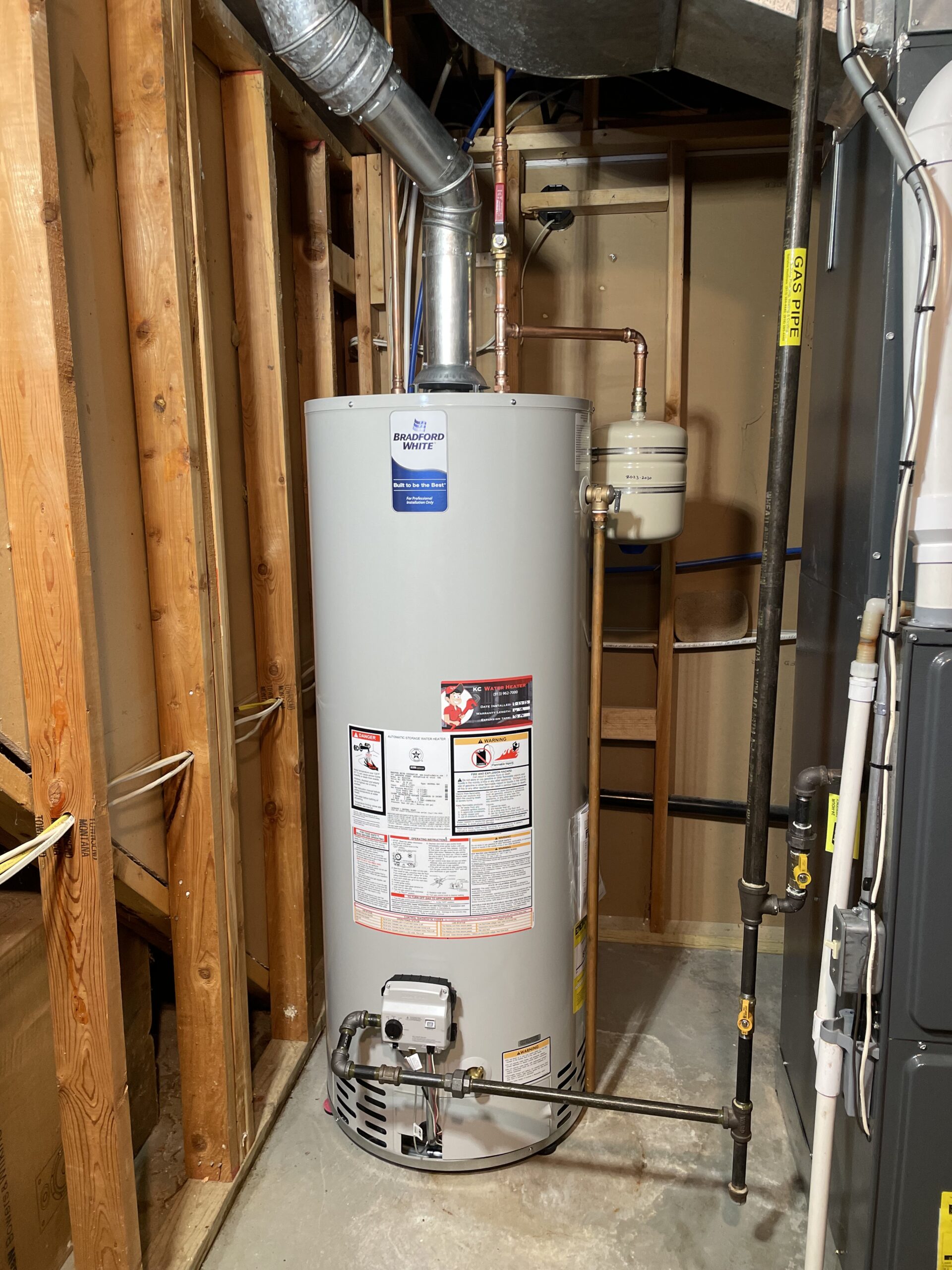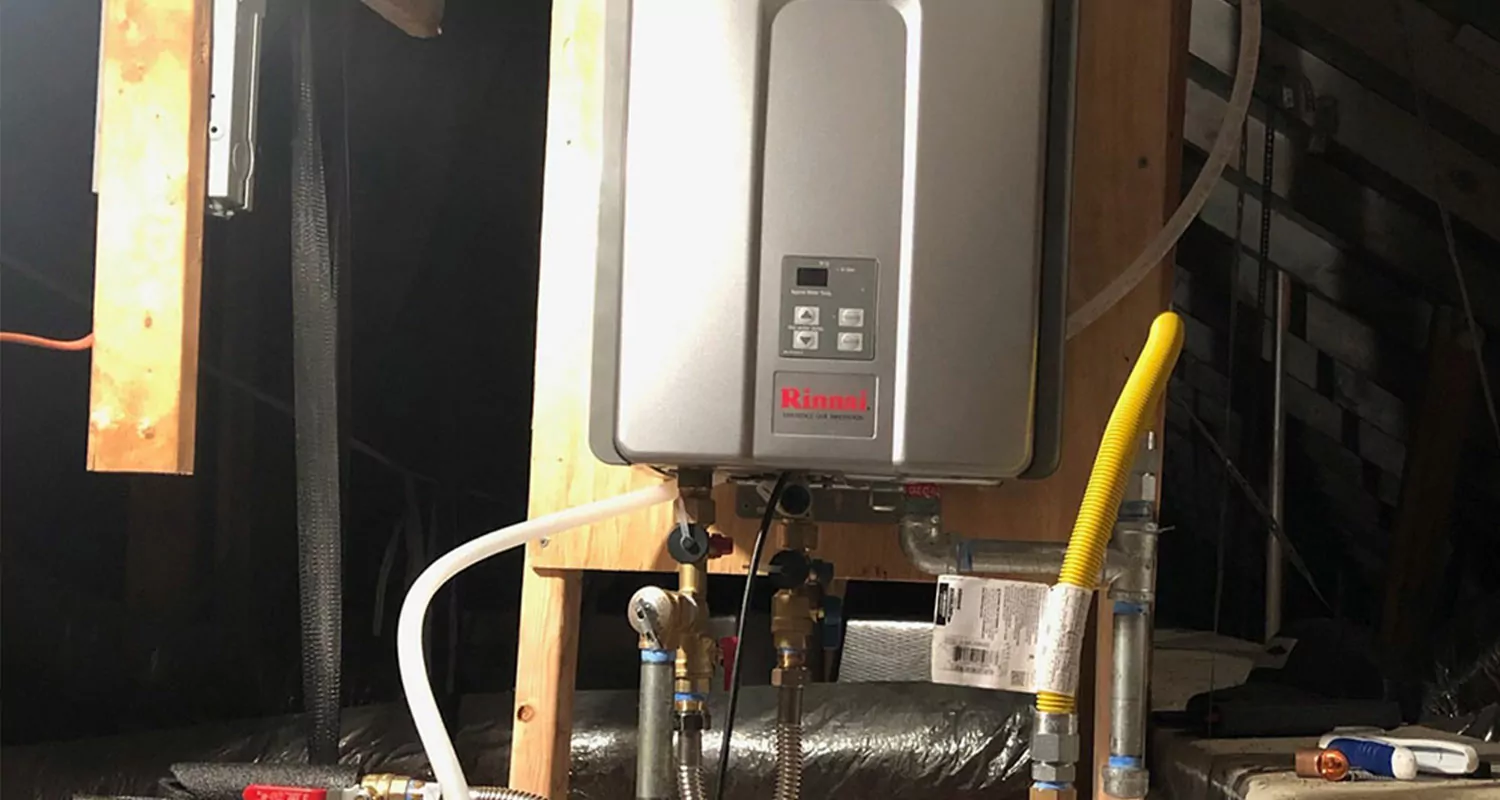The content following next on the subject of How to Maintain Your Water Heater & Prolong its Life is highly intriguing. Check it out for your own benefit and figure out what you think of it.

Hot water is essential for day-to-day comfort, whether it's for a refreshing shower or cleaning meals. To ensure your warm water system runs effectively and lasts longer, normal maintenance is key. This write-up supplies practical pointers and insights on how to preserve your home's hot water system to stay clear of interruptions and costly repair services.
Introduction
Keeping your home's hot water system could seem daunting, however with a few basic steps, you can guarantee it operates efficiently for years ahead. This guide covers every little thing from understanding your hot water system to do it yourself maintenance ideas and knowing when to call professional aid.
Significance of Keeping Your Hot Water System
Routine maintenance not only expands the life expectancy of your warm water system but additionally ensures it runs successfully. Overlooking maintenance can bring about decreased effectiveness, greater energy expenses, and also premature failing of the system.
Signs Your Hot Water System Demands Maintenance
Understanding when your warm water system needs interest can protect against major problems. Keep an eye out for signs such as inconsistent water temperature level, strange noises from the heating system, or corroded water.
Flushing the Hot Water Heater
Purging your water heater eliminates debris build-up, improving effectiveness and lengthening its life.
Monitoring and Replacing Anode Rods
Anode rods stop deterioration inside the tank. Examining and replacing them when worn out is vital.
Facility Issues Requiring Expert Aid
Instances consist of major leaks, electrical issues, or if your water heater is regularly underperforming.
Regular Specialist Upkeep Perks
Specialist upkeep can consist of comprehensive evaluations, tune-ups, and guaranteeing compliance with safety criteria.
Inspecting and Readjusting Temperature Level Setups
Adjusting the temperature settings ensures optimal performance and security.
DIY Tips for Maintenance
You can carry out a number of maintenance tasks yourself to keep your hot water system in top condition.
Checking for Leaks
Routinely examine pipes and connections for leaks, as these can lead to water damage and higher bills.
Recognizing Your Warm Water System
Prior to diving right into upkeep jobs, it's valuable to comprehend the fundamental elements of your hot water system. Generally, this consists of the hot water heater itself, pipelines, anode rods, and temperature controls.
Regular Monthly Maintenance Tasks
Regular monthly checks can help capture small problems before they escalate.
Testing Stress Alleviation Valves
Checking the pressure relief valve ensures it operates appropriately and stops extreme pressure build-up.
Shielding Pipes
Insulating warm water pipelines minimizes heat loss and can save power.
When to Call an Expert
While DIY upkeep is helpful, some problems require specialist experience.
Final thought
Regular upkeep of your home's warm water system is vital for performance, durability, and cost financial savings. By complying with these suggestions and recognizing when to look for professional aid, you can make sure a dependable supply of warm water without unforeseen disruptions.
Water Heater Maintenance: The Basics
Maintaining your water heater will ensure it operates efficiently and has a longer lifespan. Neglecting regular maintenance can lead to costly repairs and an even bigger chunk of your savings if you have to replace it sooner than necessary. But there’s good news: Most water heater maintenance tasks are relatively simple and easy for homeowners with basic DIY skills.
Flush the Water Heater
Over time, sediment and minerals can build up in the tank, reducing its efficiency and potentially causing damage. To flush the tank, turn off the power or gas supply, attach a hose to the drain valve near the bottom and open the valve to drain the water until it runs clear. Ideally, flush the tank annually.
Replace the Anode Rod
The anode rod is a sacrificial metal rod that helps prevent corrosion inside the tank. Inspect and replace it every three to five years or per the manufacturer's recommendation. To replace the anode rod, turn off the power or gas supply, drain a few gallons of water from the tank, unscrew the old rod and replace it with a new one. If the anode rod is significantly corroded or covered in calcium buildup, it's a sign the water heater may need to be replaced soon.
Tune-Up
A yearly tune-up can help identify potential issues and ensure your water heater operates at peak efficiency. This typically involves checking the thermostat, burner assembly (for gas heaters) and any other components specified by the manufacturer. During a tune-up, the technician may also clean the burner and adjust the pilot light (for gas heaters) or examine the heating elements (for electric heaters).
How to Maintain Your Water Heater
Insulate the tank. Insulating the tank can improve energy efficiency and reduce heat loss, saving you money on energy bills. You can purchase precut insulation blankets designed specifically for water heaters or use standard fiberglass insulation wrapped securely around the tank. Check the temperature. The recommended water temperature for most households is around 120 degrees Fahrenheit (49 degrees Celsius). Higher temperatures can increase energy costs and potentially cause scalding. Use a kitchen thermometer to check the temperature at the faucet nearest the water heater. Monitor water pressure. Excessive water pressure can strain the water heater and cause leaks or even tank failure. Install a pressure-reducing valve if necessary. The ideal water pressure range is between 60 and 70 PSI (pounds per square inch). Test the temperature and pressure (T&P) relief valve. The T&P relief valve is a safety feature that releases pressure if the tank gets too hot or the pressure builds up too high. Test it annually by lifting the lever and allowing a small amount of water to release. Replace the valve if it doesn't release water or reseal properly. Check for leaks. Regularly inspect the tank, pipes and fittings for leaks or corrosion. Deal with issues promptly to prevent further damage. Even a small leak can lead to significant water damage over time. Consider a tankless water heater. If your traditional tank-style water heater is nearing the end of its lifespan ( typically 10 years), consider replacing it with a tankless water heater. These units heat water on demand, reducing standby energy losses and potentially saving you money on your energy bills. Schedule professional maintenance. While homeowners can perform many water heater maintenance tasks, it's still a good idea to schedule professional maintenance every few years. A plumber or HVAC technician can thoroughly inspect the unit, identify potential issues and ensure it operates safely and efficiently. https://www.homeserve.com/en-us/blog/home-improvement/hot-water-heater-maintanence/

I found that write up about How to Maintain a Hot Water Heater in a Few Simple Steps while perusing the internet. Loved our review? Please quickly share it. Help another person check it out. We value reading our article about How to Maintain a Hot Water Heater in a Few Simple Steps.
Call Today